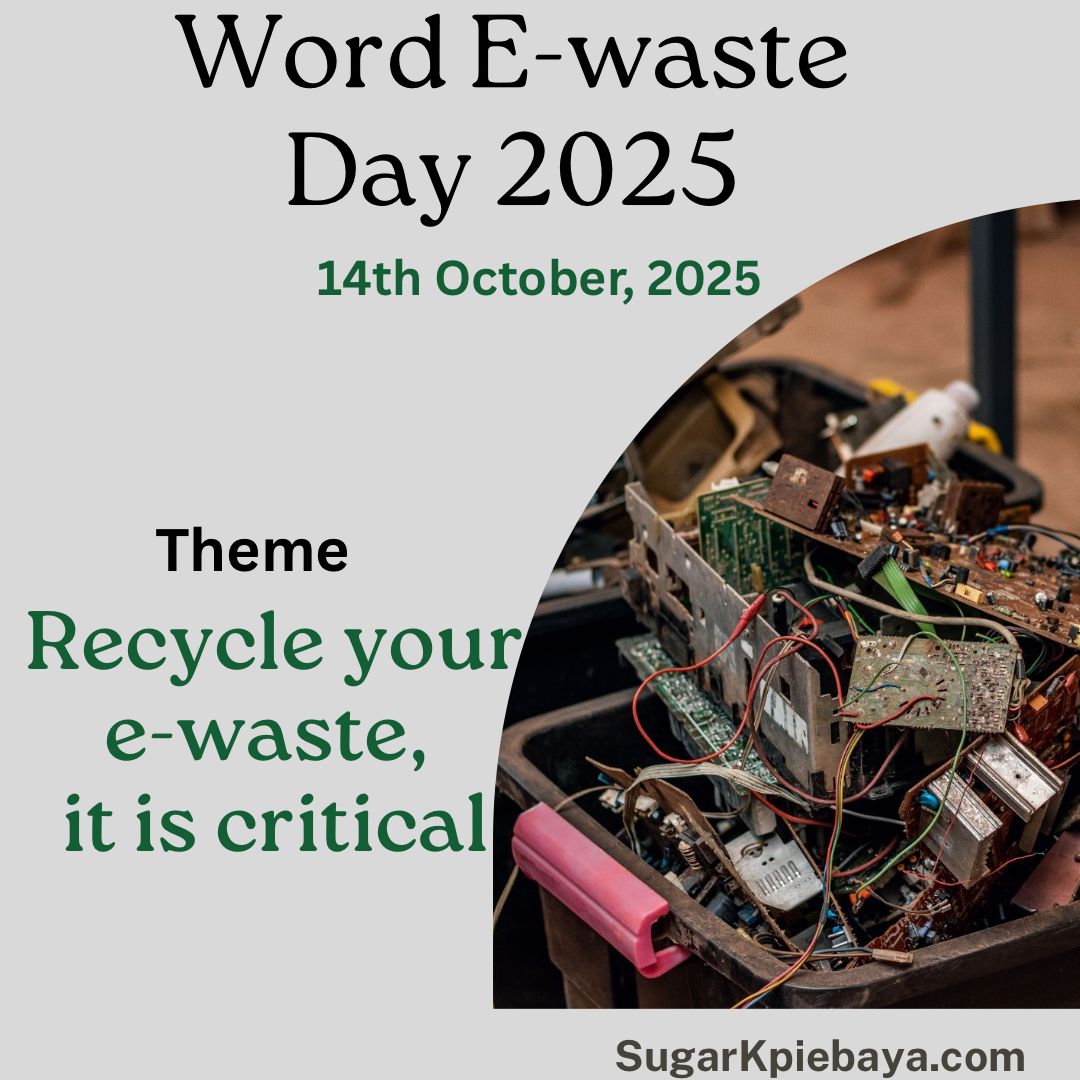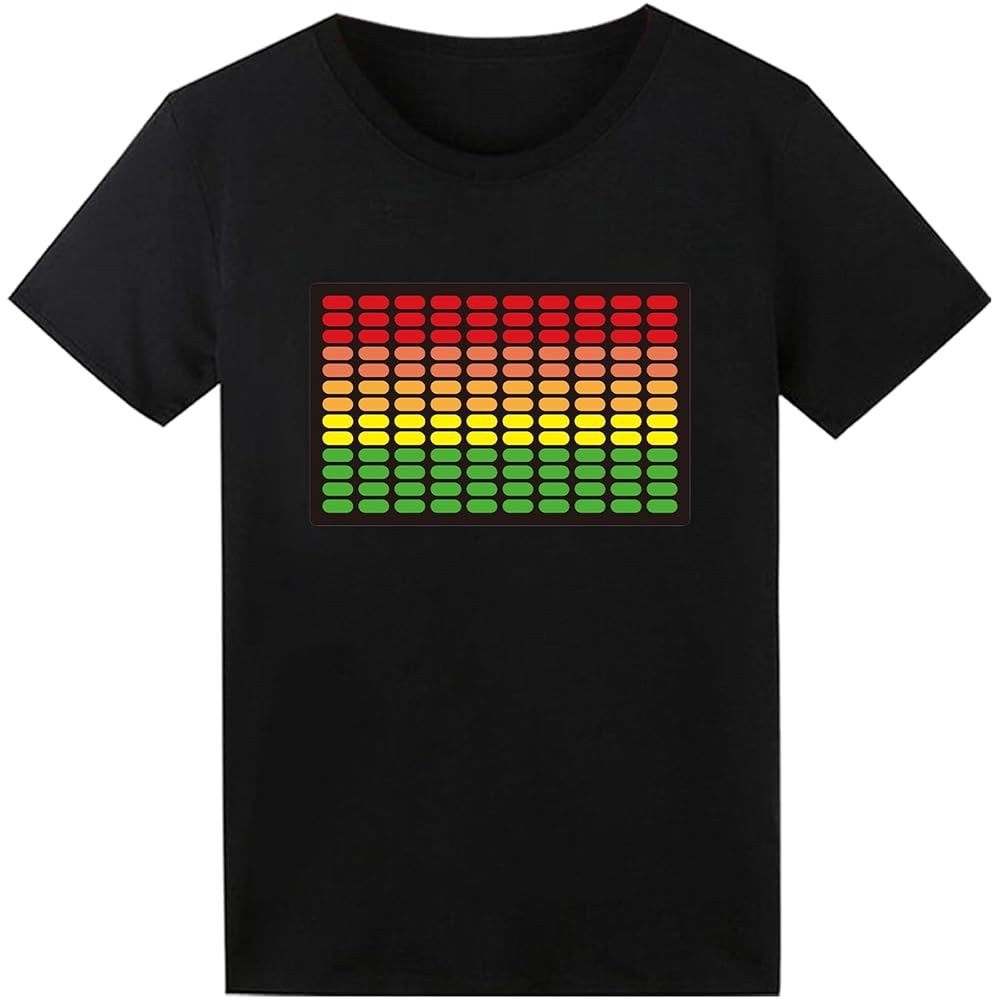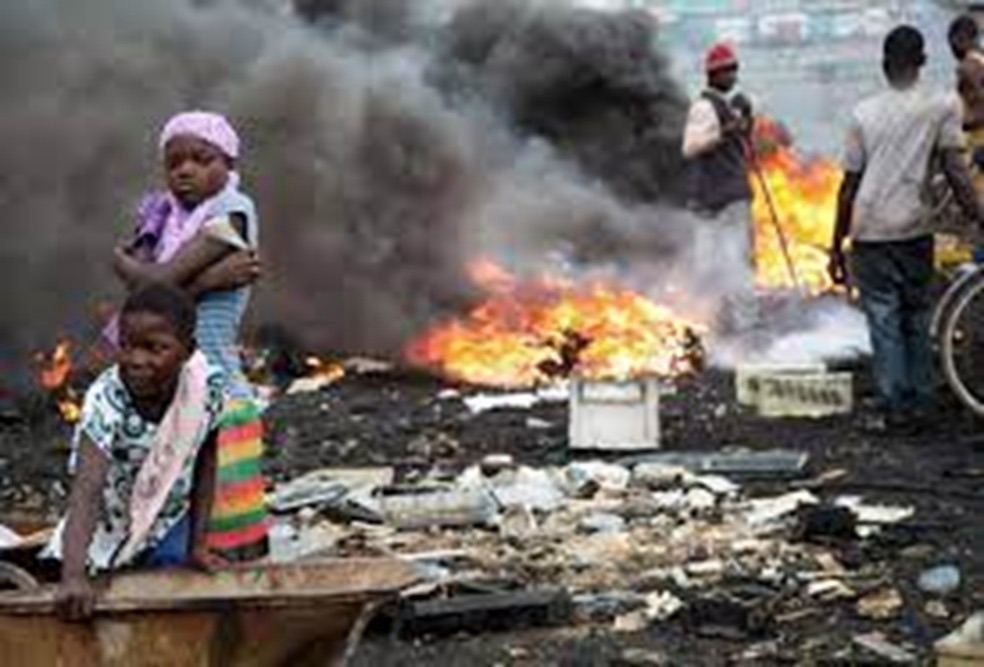The Yam Afterlife
Why International E-Waste Day Matters (and What You Can Do) October 14 is International E-Waste Day, a day to spotlight how discarded devices shape our world. This year’s “Recycle Your E-waste, it is Critical”. The idea is to remind us that what we discard today can be reclaimed tomorrow and to renew practices so that electronics don’t become environmental disasters.

What Happened to All the “Yams”? A Reflection for International E-Waste Day

About 10 years ago, there was a hilarious TV advert in Ghana by a mobile network and Samsung. A young man was about to marry the love of his life. The ceremony was going smoothly until, ring ring! His phone rang. He proudly pulled it out of his pocket, and boom! His soon-to-be mother-in-law froze. “Ei, what is this yam?” she asked, horrified that this fine young man was using a small unsmart phone. “How will my daughter’s wedding photos appear on Facebook, Instagram, and Twitter?” The poor “yam” (bless its heart) tried to defend itself: “But I have torchlight… and radio!” We all laughed, of course. The ad was brilliant; it sold the dream of a shiny smartphone with irresistible data bundles. But looking back now, I can’t help but wonder: what happened to all the yams that got dropped? Some were probably gifted to “less fine” people, others stuffed into wardrobes or left in drawers, and many… well, ended up in dustbins and landfills. So, let me ask: when you finally dropped your “yam” for a smartphone, where did it go? And if you never had one, what did you do with your old phone or TV or fridge when you replaced it?
Let’s talk about what we often don’t talk about
Since I became passionate about e-waste management, I’ve made it my mission to create awareness, sometimes I think I’ve said everything there is to say about it… but somehow, every year brings something new to reflect on. I recently decided to ask some of my friends about e-waste, and it is evident that a lot of people still have little knowledge about e-waste or its management. Lack of knowledge on sustainable e-waste management does not mean that the impact on the environment or human health will be less minimal. There’s a Ghanaian proverb that says, “If you forget the past, you beg your foundation.” In the world of e-waste, it means that if we forget how far our tech consumption has grown, we’ll lose sight of what it’s doing to the ground beneath our feet literally.
The Rise of the Gadgets (and the Trash They Leave Behind)

In the last two decades, we’ve upgraded everything: From one phone to two. From heavy TVs to sleek smart screens. From regular sneakers to sneakers that light up and play music. Each upgrade leaves behind a little electronic ghost, a phone, a charger, a laptop, a cable, a fridge, a fan, a remote. Together, they make up what we call e-waste and trust me, it’s not “waste” in the usual sense. E-waste is a strange mix of treasure and trouble. Inside those gadgets are valuable metals like gold, copper, and silver, but also toxic substances like lead and mercury. It’s like a pot of Ghana jollof, very tasty but can be dangerous if not handled right. Globally, we generate more than 60 million tonnes of e-waste every year and it’s expected to hit 82 million tonnes by 2030. In Ghana and across much of the Global South, formal recycling systems are scarce. Most of the recycling happens informally, through young men and women dismantling, burning, and leaching devices with no protection.
The Real Cost of Our Old Gadgets

Improper recycling doesn’t just make the air smell bad it kills slowly. When e-waste is burned, heavy metals settle into the soil. Acid leaching pollutes water. Toxic fumes fill the air. The result? Contaminated crops, polluted air and rivers, sick workers and children. In places like Agbogbloshie (Ghana), Guiyu (China), and Alaba Market (Nigeria), soil tests show lead and cadmium levels way above safe limits. These aren’t just “local problems” they affect food systems, ecosystems, and public health. And the saddest part? The same people who clean up our waste are often stigmatized for doing “dirty work.” The women and children in these communities are marginalized instead of supported.
What Can We Actually Do?
Let’s be honest: not everyone can run an e-waste recycling plant. But small actions from us make a big difference.
Separate your waste at home.

Even if it feels pointless because the waste truck mixes everything together, do it anyway. There are waste pickers at final disposal sites who sort materials manually. When your waste is already separated, you make their work safer and faster.
Use collection centers where possible.
Yes, we don’t have enough e-waste drop-off points in Ghana and yes, some are far away. But start by finding out if there’s one near you. And if you know someone who collects scrap responsibly, support them. Remember, not all recyclers make big money from e-waste. Some gadgets are expensive to process safely because the toxic parts outweigh the valuable ones. Sometimes, you may even have to pay to recycle properly and that’s okay. It’s an investment in cleaner air and water.
Buy only what you need.
This one stings a bit, I know. But think about it, do we really need to change phones every year? When buying electronics, look for durable brands and repairable designs. And when something breaks, consider fixing it before replacing it. Every e-waste we throw away is not just waste, it is a choice, a choice between pollution or possibility. Repair is the quiet superhero of sustainability!
International E-waste Day 2025
Every year since 2018 on 14 October, the world marks International E-Waste Day, this day is set to reflect on e-waste, one of the fastest-growing waste streams on the planet. The theme for the celebration this year is ‘Recycle your e-waste, it is critical. This year’s theme reminds us that recycling our e-waste is not just a good

practice, it’s critical for our planet’s future. Every discarded phone, laptop, or charger contains valuable critical raw materials like gold, cobalt, and rare earth elements that the world urgently needs for clean energy and technology. When we fail to recycle, we lose these precious resources and harm the environment through pollution and toxic waste. When we choose to recycle responsibly, we help build a circular economy that protects both people and the planet.
The Bigger Picture
E-waste isn’t just about trash it’s about people, policy, and priorities. It’s about protecting communities like those in Agbogbloshie and creating safer, smarter alternatives like urban mining, which recovers metals from old

electronics without poisoning the earth. Every phone, every gadget, every charger we toss away is a piece of a larger story, one that connects Ghana to Germany, Accra to Dresden, and each of us to the planet we share. So, this International E-Waste Day, before you drop another “yam” for a shinier gadget, pause for a moment and think about what that “yam” represents, the journey of resources, the hands that handle your waste, and the footprint you leave behind. Let’s do better not perfectly, but intentionally. Recycle what you can. Repair what you can. Respect what you have. Happy International E-Waste Day! And remember waste only becomes waste when we waste its potential. CHEERS!!!




